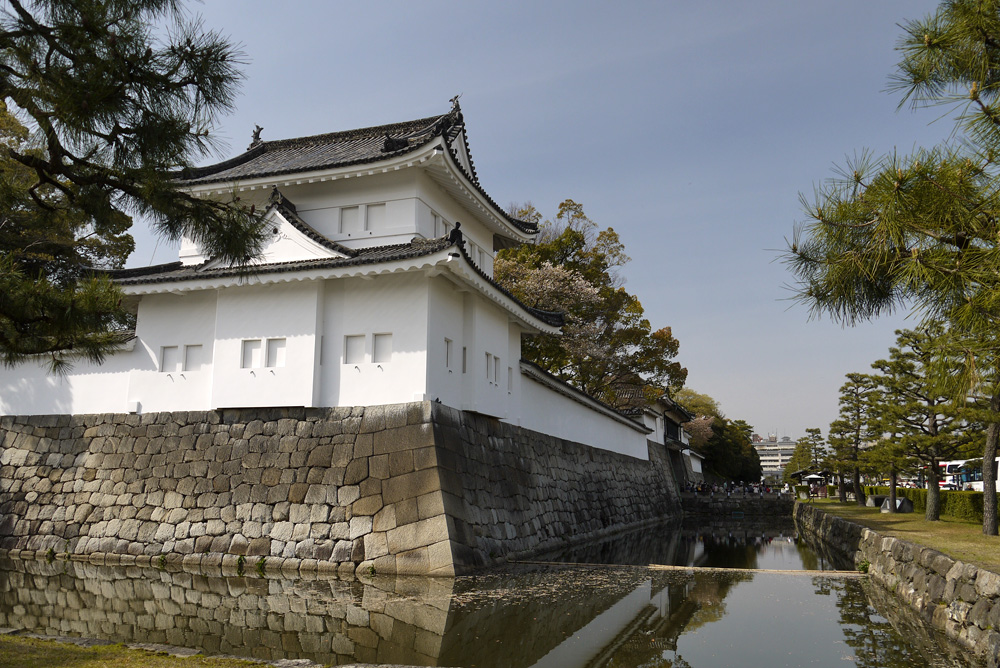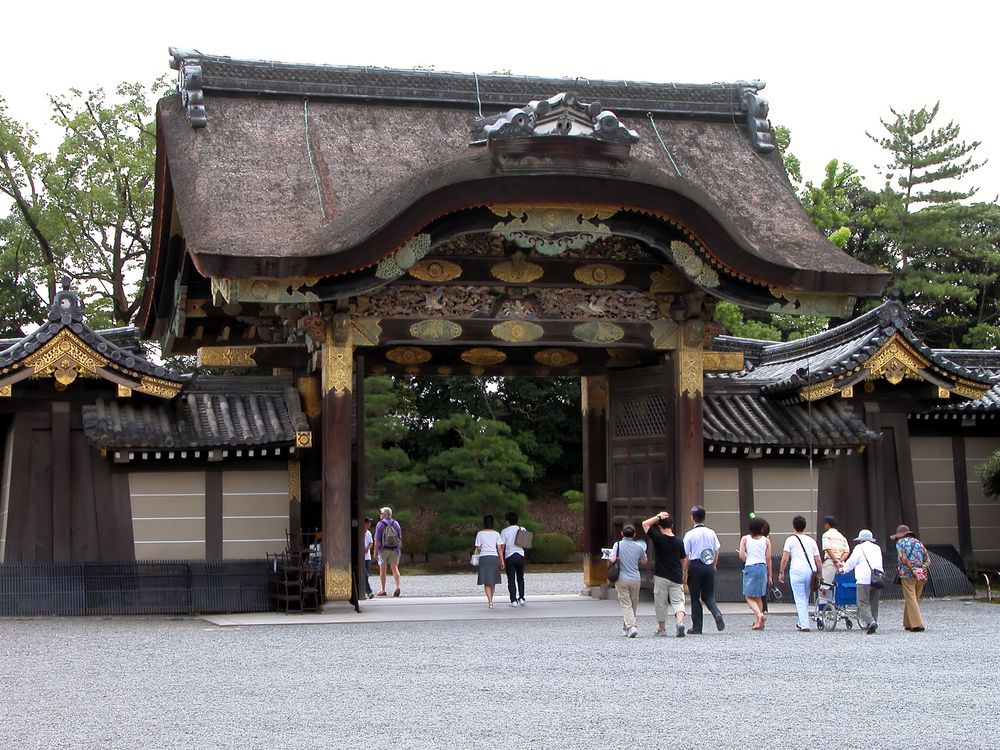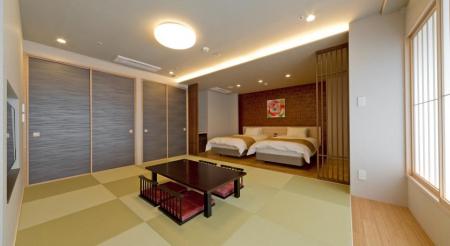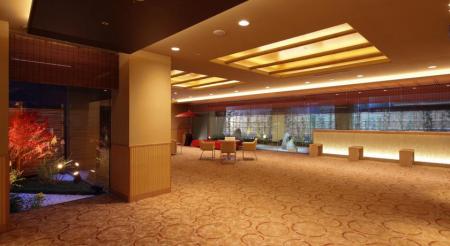Kyoto, Japan Feb. 23 Sun 5:03AM
Kyoto's Most Famous Castle
Nijo Castle is Kyoto's largest and best preserved castle. It consists of two fortifications (kuruwa) in Japanese. The Ninomaru Palace, the main fortification of the castle, and the ruins of the Honmaru Palace, the second fortification, as well as support buildings and gardens. The castle is surrounded by stone walls and moats.

The castle is especially popular with those interested in Japanese history. The founder of the Tokugawa Shogunate, Tokugawa Ieyasu, ordered all of Japan's fuedal lords to construct the castle, which was completed in 1626. Parts of Fushimi Castle, another castle in Kyoto, including its main tower, were moved to Nijo Castle during the last year of its construction. The castle served as the shogunate's residence during his visits to Kyoto.
Today, the Ninomaru Palace is the main attraction of the castle. It is very well preserved, and has intricately decorated ceilings, elegantly painted sliding doors, tatami (bamboo mat) floors, and "nightingale floors," which squeak when walked on. The purpose of those floors was to serve as an alert against intruders. The tour route guides visitors past many of the rooms in the castle, and different types of rooms used for different guests of the shogun are on display. Visitors to the shogun of high rank would sit with him in view on a raised floor, surrounded by bodyguards. Other visitors were only allowed in adjoining rooms where they could not even view the shogun directly. Along with these receiving rooms, living quarters, servants' quarters, and office speace are also on the tour route. Outside of the Ninomaru Palace is the Ninomaru Garden, which is a traditional Japanese garden.
Visitors entering the Nijo Castle Main Gate

The Honmaru, the castle's main circle of defense, was the site of a five story castle keep and of a second palace complex. They were destroyed by fire in the 18th century and were not rebuilt. Eventually, the imperial residence in Kyoto was moved from another site to Nijo Castle's Honmaru, where it remains today. This part of the palace is not usually open to the public, but visitors may walk the grounds and climb to the former castle keep, which has views of the castle grounds.
Both the Ninomaru and the Honmaru are surrounded by greenery and walking paths, as well as cherry trees and plum trees, maple, ginko, and other trees. In the spring, the flowering trees surround the castle with pink blossoms, and in the fall, the foliage is bright and beautiful.
Nijo Castle is one of Kyoto's designated UNESCO World Heritage sites.


